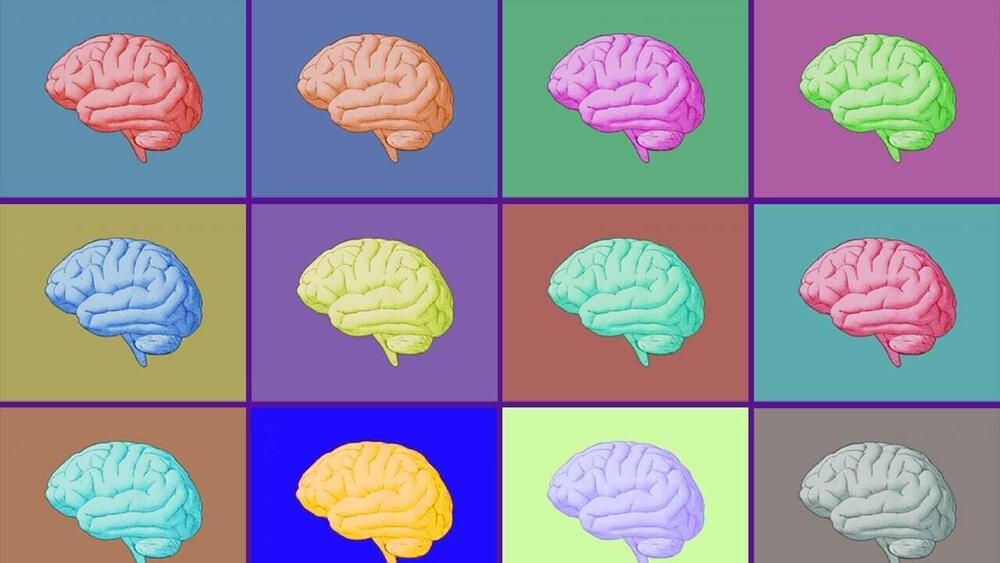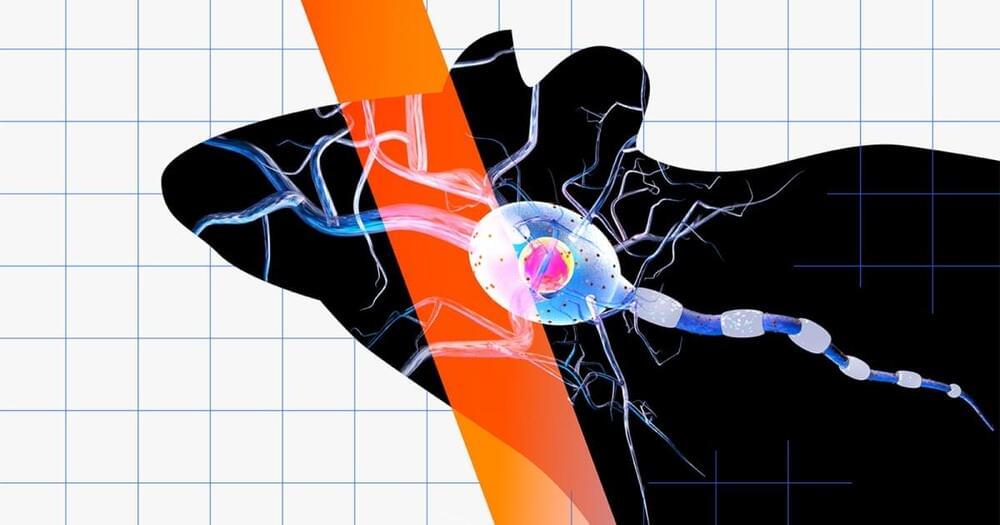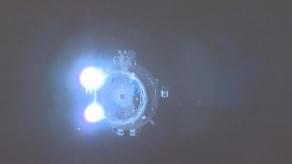Nature.
Until then, the only time reference that allowed the age of the site to be established was the dating of one of the dunes that covered the surface to around 106,000 years ago (Upper Pleistocene). As with most of the hominid footprints found worldwide, we dated them in line with the environment in which they were found. For this reason, our first hypothesis when trying to attribute the newfound footprints was that they belonged to Neanderthals, who lived in the Upper Pleistocene.
Scientists have also discovered a way to use artificial intelligence to predict the risk of a heart attack or stroke using only a single x-ray.
Join us on Patreon!
https://www.patreon.com/MichaelLustgartenPhD
TruDiagnostic Discount Link (Epigenetic Testing)
CONQUERAGING!
https://bit.ly/3Rken0n.
Bristle Discount Link (Oral Microbiome Quantification):
ConquerAging15
https://www.bmq30trk.com/4FL3LK/GTSC3/
Quantify Discount Link (At-Home Blood Testing)
Today, “Humans love compliments”
Next, “Humans love treats”
Next, “Humans like to be walk on a leash”
Scientists find that yaks’ lungs evolved to use oxygen more efficiently at high altitudes.
Scientists in Europe may have discovered a direct link between the human brain and the quantum nature of the universe itself.
The United States Air Force unveiled the B-21 Raider, a high-tech stealth bomber that can carry nuclear and conventional weapons and is designed to be able to fly without a crew on board. The fleet is estimated to cost $203 billion to develop, buy and operate over 30 years, according to Bloomberg, with the US planning to acquire at least 100 of the aircraft.
Much of the features of the warplane are shrouded in mystery, with reports suggesting that it has the potential for an uncrewed flight. A US Air Force spokeswoman said the aircraft was “provisioned for the possibility, but there has been no decision to fly without a crew”.
The first flight by a B-21 is expected to take place next year.
Researchers at Stanford and Singapore’s Nanyang Technological University (NTU) have developed a technique for controlling neurons from a distance, without invasive implants.
By injecting a molecule called TRPV1 — which helps us sense the heat in capsaicin chili peppers — into the brains of mice, they could control specific brain cells from up to one meter (about three feet) using infrared light beams.
The ability to impact neurons, without invasive surgical methods or tethers sticking out of skulls, could help researchers study the brain during more normal behavior, like mice socializing together.
Beijing, China — Dec 4, 2022 (CCTV — No access Chinese mainland) 1. Various of ground control team working 2. Screen showing Shenzhou-14 separating from space station combination.
In Space — Dec 4, 2022 (China Manned Space Agency — No access Chinese mainland) 3. Shenzhou-14 spacecraft.
Beijing, China — Dec 4, 2022 (CCTV — No access Chinese mainland) 4. Various of screen showing Shenzhou-14 separating from space station combination 5. Various of screen showing space station combination 6. Screen showing Shenzhou-14 separating from space station combination.









